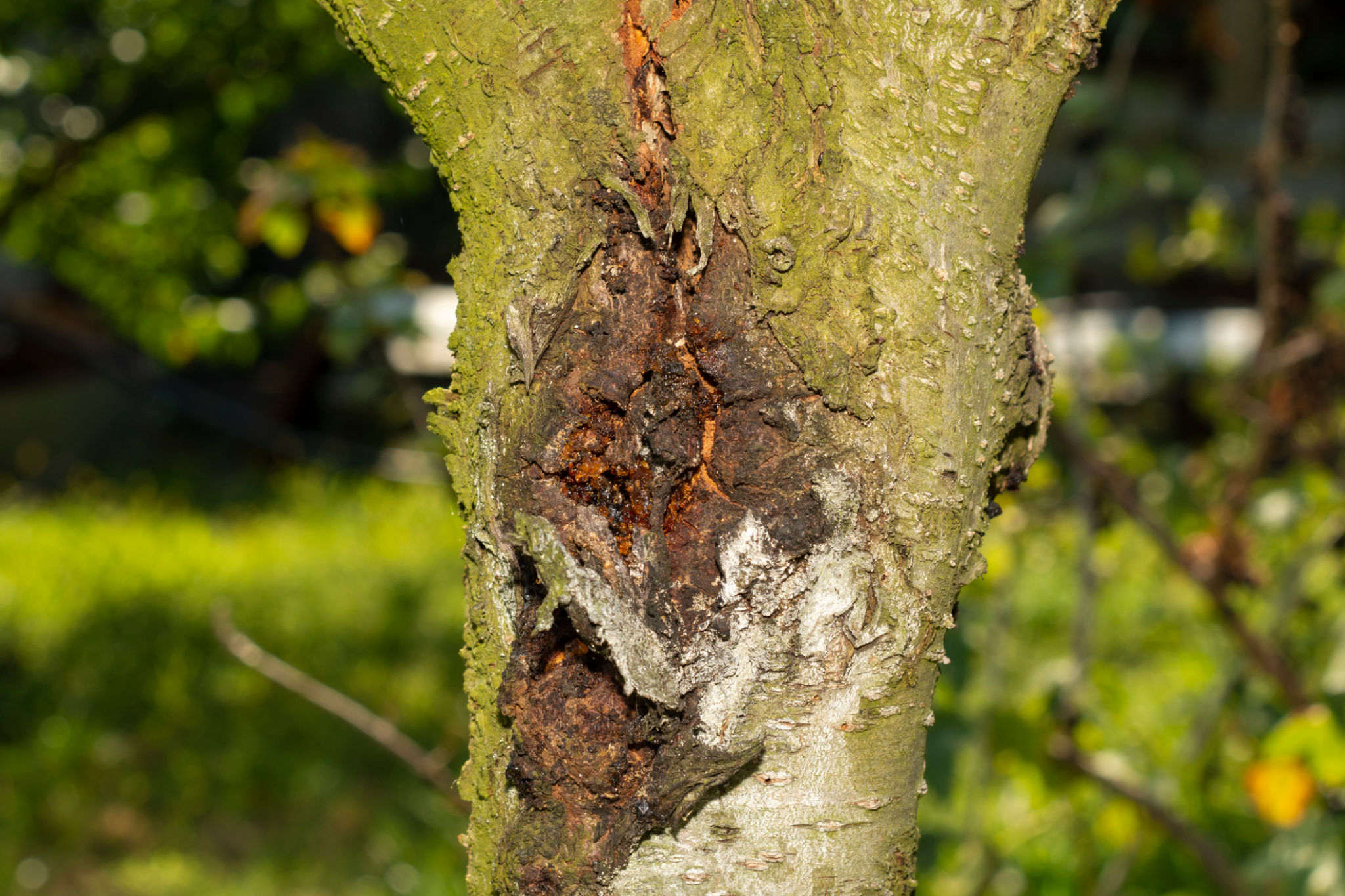Common Tree Diseases in Missouri and How to Prevent Them
Understanding Tree Diseases in Missouri
Missouri is home to a diverse range of trees that contribute to the state's natural beauty and ecosystem. However, these trees are susceptible to various diseases that can affect their health and longevity. Recognizing the signs of common tree diseases and knowing how to prevent them is crucial for maintaining the health of Missouri's trees.
Disease can be caused by a variety of factors, including fungi, bacteria, and environmental stressors. While some diseases are easily treatable, others require more extensive intervention. Being proactive in tree care can prevent many potential problems from becoming severe.

Common Fungal Diseases
Fungal diseases are some of the most prevalent issues affecting trees in Missouri. One common fungal disease is Anthracnose, which affects hardwoods like sycamores and oaks. It causes leaf spots, wilting, and can lead to defoliation. Another notable fungal disease is Oak Wilt, a serious condition that can rapidly kill infected oak trees.
Prevention involves proper tree maintenance, including pruning to improve air circulation and removing infected leaves or wood. Fungicides can also be applied as a preventive measure, especially in areas where these diseases are known to occur.
Bacterial Diseases
Bacterial diseases can also pose significant threats to trees in Missouri. Fire Blight is a well-known bacterial disease that affects fruit trees such as apples and pears. It causes blackened, wilted branches that may resemble fire damage. This disease spreads rapidly during warm, wet weather.

To prevent bacterial infections, it is important to prune trees during the dormant season and sterilize tools between cuts. Removing infected branches promptly can help control the spread of the disease.
Environmental Stressors
Environmental factors such as drought, pollution, and poor soil conditions can also contribute to tree diseases. Trees under stress are more susceptible to both fungal and bacterial infections. Ensuring that trees receive adequate water, nutrients, and are planted in suitable locations can mitigate these stressors.
In urban areas, pollution and soil compaction can be significant issues. Employing landscaping practices that improve soil aeration and using mulch to retain moisture can benefit tree health significantly.

Integrated Pest Management
In addition to addressing environmental factors, implementing an integrated pest management (IPM) approach can be effective in preventing tree diseases. This strategy involves monitoring tree health regularly and using a combination of biological, cultural, mechanical, and chemical management techniques to control pests and diseases.
An IPM approach not only targets existing issues but also focuses on preventing future problems by enhancing the overall resilience of trees.
Conclusion
By understanding and addressing the common tree diseases in Missouri, homeowners and land managers can protect their trees and ensure they continue to thrive. Whether it's through proper maintenance practices or employing preventive measures, taking action against these diseases is essential for preserving Missouri's rich arboricultural heritage.
